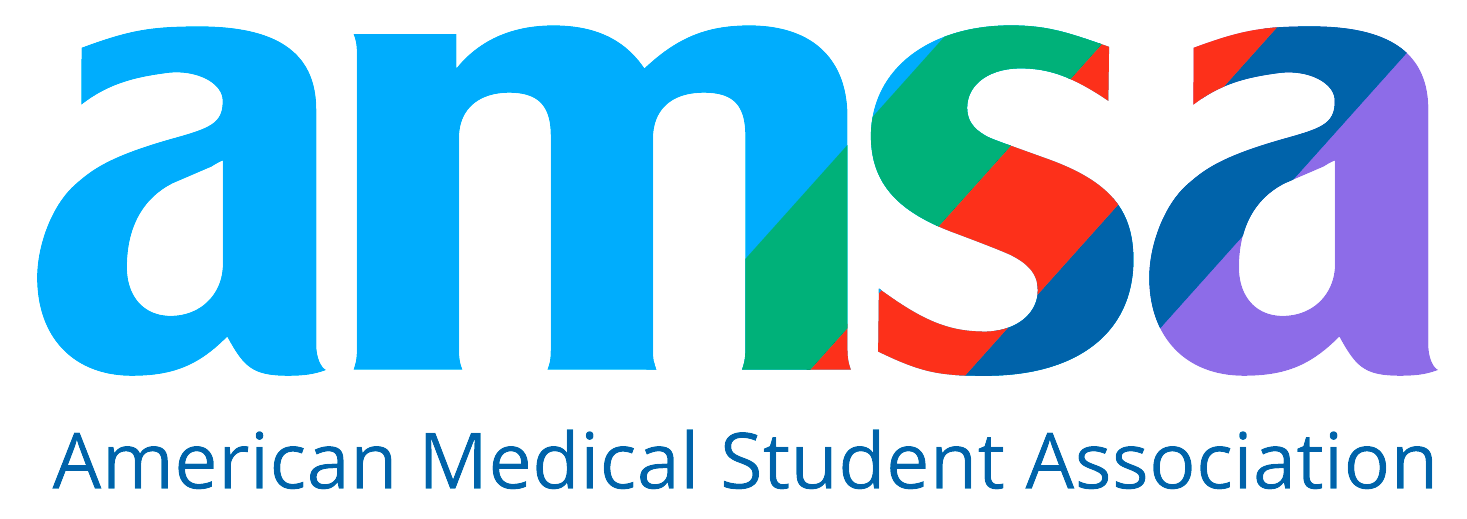Radiologist vs Radiographer Careers: Understanding the Two Imaging Professions
Go-Elective Abroad
Radiologist vs Radiographer Careers: Understanding the Two Imaging Professions
Radiology is a fascinating and essential branch of healthcare, but many students confuse two key roles: radiologists and radiographers. Both professionals play an integral part in patient care and diagnostic imaging, but their responsibilities, training paths, and career prospects are quite different.
If you’re considering a healthcare career that blends technology, patient interaction, and diagnostic insight, this guide will help you understand how radiologists and radiographers compare—and how to choose the right path for your goals.
Looking for early exposure in radiology or imaging? Explore Go Elective’s clinical internships abroad, where pre-health students can shadow radiology departments in East Africa’s leading hospitals.
What Is the Difference Between a Radiologist and a Radiographer?
- Radiologists are medical doctors who interpret medical images such as X-rays, MRIs, CT scans, and ultrasounds. They diagnose conditions, consult with referring physicians, and may perform image-guided procedures such as biopsies or catheter placements.
- Radiographers (also known as radiologic technologists) are the professionals who operate diagnostic imaging equipment. They capture the images that radiologists interpret and may assist during interventional procedures or provide radiation therapy in oncology settings.
Both roles are critical in diagnosing and treating illness, but their scope of practice and required education differ significantly.
Imaging Technologies Used by Radiographers
Radiographers are trained to operate a variety of diagnostic tools, including:
- X-rays
- MRI (Magnetic Resonance Imaging)
- CT (Computed Tomography) scans
- PET (Positron Emission Tomography) scans
- Ultrasound
- Fluoroscopy
Their skill in capturing accurate images directly impacts the radiologist’s ability to diagnose conditions effectively.
Education and Training Requirements
Radiologist Education Path:
- Bachelor’s degree (4 years)
- Medical school (4 years)
- Radiology residency (4–6 years)
- Optional fellowship (1–2 years) for subspecialization
- State medical licensure and board certification (ABR or AOBR)
Radiologists typically spend over a decade in education and training. This path is ideal for students aiming to become physicians and work at the forefront of medical imaging and diagnostics.
Radiographer Education Path:
- Associate degree (2 years) or Bachelor's degree (4 years) in Radiologic Technology or Sonography
- Clinical training during program
- Certification through the American Registry of Radiologic Technologists (ARRT)
- State licensure (requirements vary by state)
Radiographers enter the workforce much earlier and with lower educational costs, making it an attractive option for students who want a quicker entry into healthcare.
Education Cost Comparison
-
Radiography Programs:
Costs range from $10,000 to $25,000 for associate programs. For example, Mayo Clinic College of Medicine’s radiography program is estimated at $25,000 in 2024.
-
Radiology (Medical School):
Tuition at top medical schools ranges from $39,000 to $68,000 per year. Adding undergraduate and residency costs, the total investment can exceed $300,000. However, many programs offer scholarships or loan forgiveness options.
Job Responsibilities
Radiologist Responsibilities:
- Interpret imaging results and generate diagnostic reports
- Consult with physicians to guide patient treatment
- Perform and oversee image-guided procedures
- Maintain expertise in modalities like CT, MRI, ultrasound, and nuclear medicine
- Stay updated on radiology advancements and patient safety protocols
Radiographer Responsibilities:
- Prepare and position patients for imaging procedures
- Operate diagnostic imaging equipment
- Assist during surgeries with real-time imaging
- Perform radiation therapy for cancer treatment
- Maintain and calibrate imaging machines
- Record and store patient imaging data
Core Skills Needed
Radiologists:
- Diagnostic reasoning
- Communication with healthcare teams
- Organization and attention to detail
- Proficiency with medical imaging software
- Adaptability to evolving imaging technologies
Radiographers:
- Technical skills with imaging equipment
- Interpersonal communication with patients
- Calm demeanor and empathy
- Physical stamina for long shifts and positioning patients
- Understanding of radiation safety and medical ethics
Salary Comparison in 2025
Radiographers:
- Average Salary: $73,410
- Hourly Rate: ~$35
- Entry Level: ~$50,000
- Senior Level: Over $100,000
(Source: U.S. Bureau of Labor Statistics)
Radiologists:
- Average Salary: $353,247
- Salary Range: $115,000 – $506,000+
- Bonuses: $5,000 – $81,000
(Source: PayScale)
While radiologists earn significantly more, they also invest more time and money in training. Radiographers enjoy quicker entry into the workforce and can build a long-term, flexible career with further certifications.
Long-Term Career Paths
Radiologists Can Specialize In:
- Diagnostic Radiology
- Interventional Radiology
- Radiation Oncology
- Breast Imaging
- Neuroradiology
- Musculoskeletal Imaging
- Thoracic or Abdominal Radiology
Many radiologists go on to become department heads, academic faculty, or research leaders in medical imaging.
Radiographer Career Advancement:
Radiographers can pursue further training to become:
- MRI or CT specialists
- Radiation therapists
- Sonographers
- Lead technologists or imaging supervisors
- Clinical educators or radiography instructors
Advanced roles include team leadership, clinical research, or work in palliative and oncology care. Some radiographers even transition into teaching or healthcare management.
Which Career Is Right for You?
Choose Radiology (MD) if you:
- Aspire to become a physician
- Enjoy diagnostic reasoning and image analysis
- Want to perform advanced procedures
- Are ready for long-term training and higher responsibility
Choose Radiography if you:
- Prefer hands-on technical work
- Want to enter the field faster
- Are interested in direct patient interaction
- Value flexibility in career specialization
For students unsure which path to pursue, real-world experience can make all the difference. Go Elective’s healthcare internships offer clinical shadowing across imaging, surgery, and internal medicine—ideal for exploring careers before committing to years of training.
Final Thoughts
Radiologists and radiographers both play indispensable roles in patient care. One diagnoses and consults at the physician level, while the other brings imaging to life through technical expertise and patient interaction.
Whether you’re aiming to become a board-certified physician or a certified radiologic technologist, the best way to clarify your career path is to gain early exposure. Apply for a Go Elective internship abroad and discover where your passion for medicine and imaging can take you.
Article Details
Categories
Recent Articles , Pre-health, Medical Electives,
Author: Go-Elective Abroad
Date Published: Jun 16, 2025
Travel with us.
Inquire Today!
Go Elective offers immersive opportunities for medical students, pre-med undergraduates, residents, nursing practitioners, and PAs to gain guided invaluable experience in busy hospitals abroad. Discover the power of study, travel, and impact.






